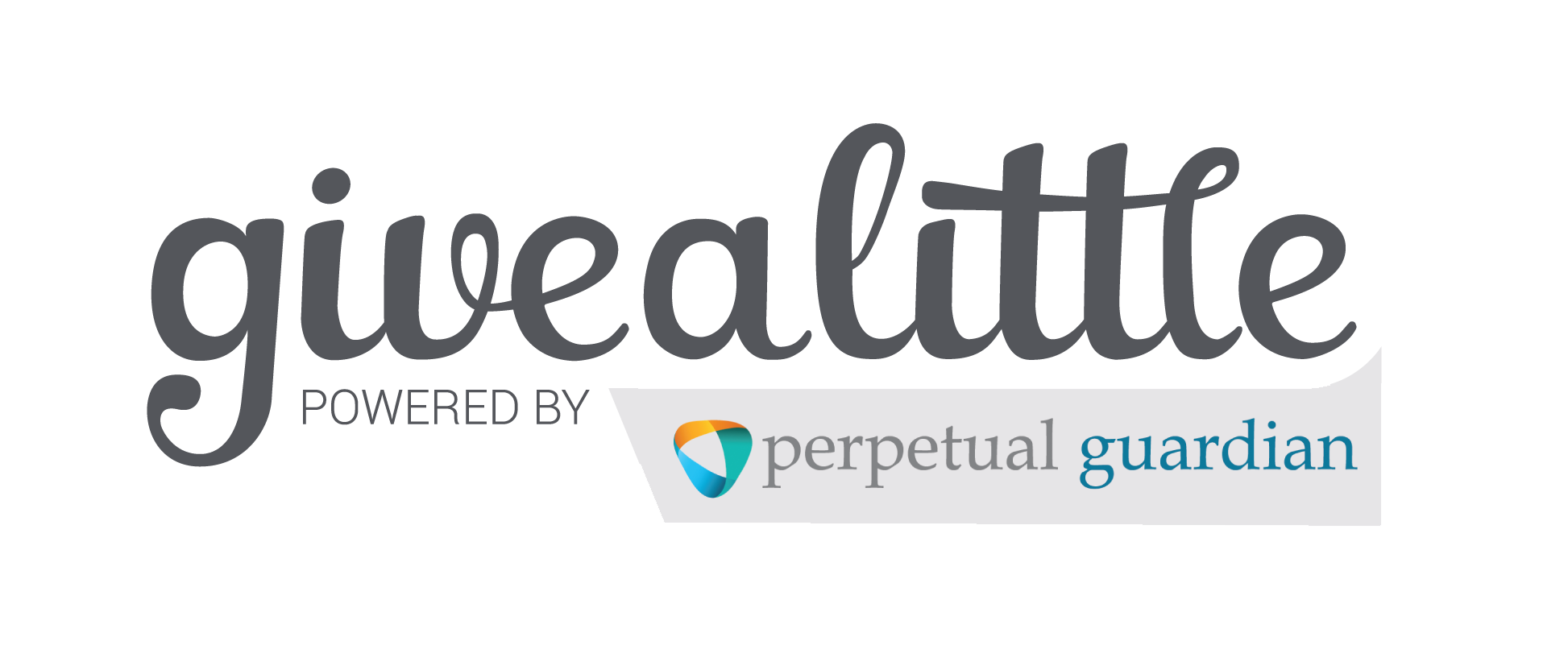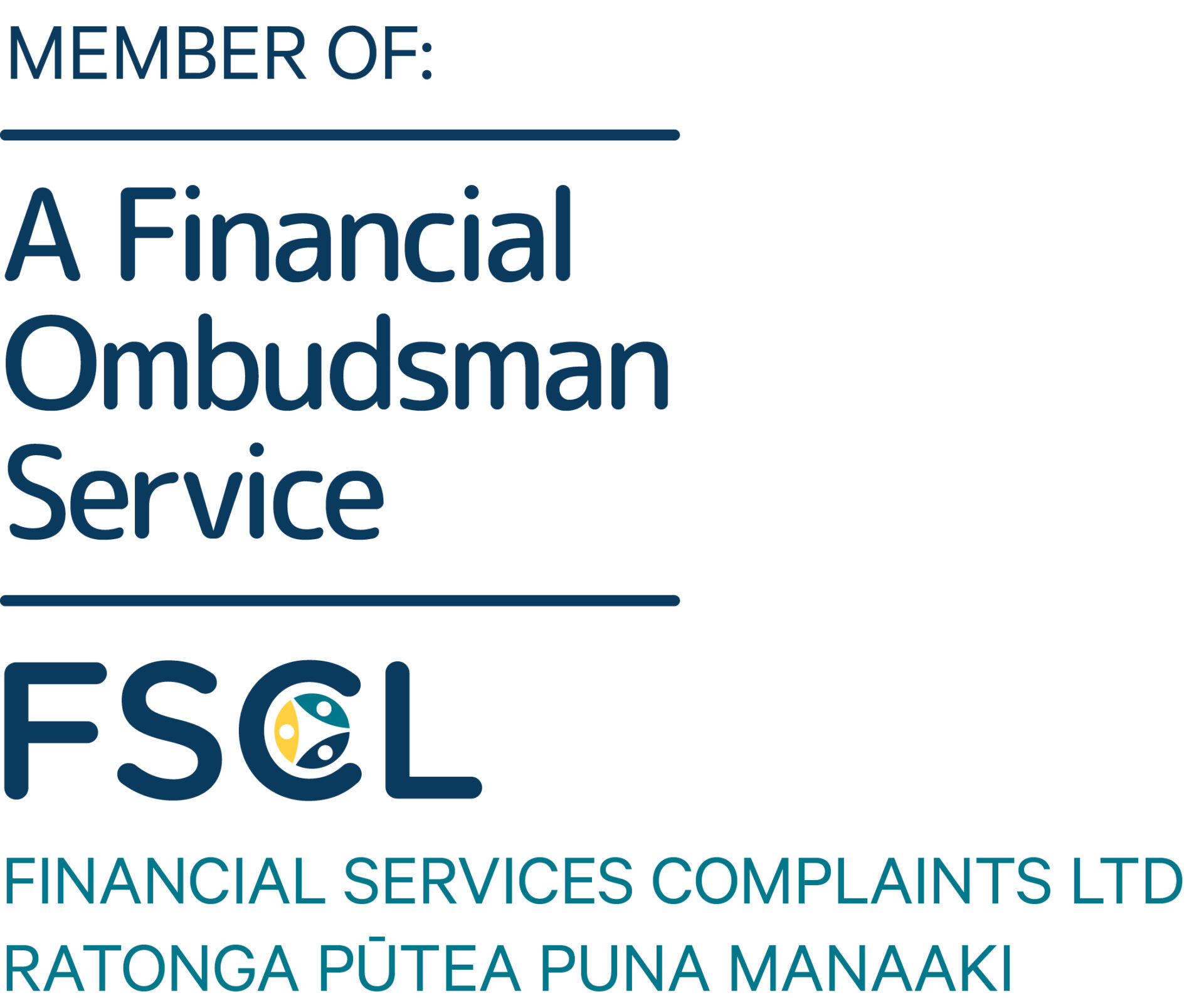20 September 2022
“Truths and roses have thorns about them” – Henry David Thoreau
With growing concern, in July last year I wrote “I sense a change in the wind is coming. The question is, what is the trigger and when will it manifest itself?” and “the pace of the increase [in yields] is a hotly debated issue. My current view is that US 10 Year bond yields will rise toward 2% over the next year and that this could even be by the end of this or even early next year.” The 2% level was reached in March 2022 and is currently more than 3.5%.
We addressed these concerns with a move toward cash (not fixed income) in January with the sole aim of protecting capital. This is not a move away from being invested. It was the removal of an overweight in risk assets that we had been correctly carrying during the good times. While the period of uncertainty in which we find ourselves is uncomfortable, it should be remembered that we have enjoyed a significant and uninterrupted period of prosperity that began in earnest, in 2009 after the Global Financial Crisis ended.
But what of the road ahead?
Since the start of the year, the global economic outlook has become increasingly uncertain with estimates for growth consistently ratcheted. The conflict in Ukraine and ongoing lockdowns in China have further dampened world trade and at a time that global supply chains were still in repair and inflation began its inexorable march higher.
Economists and central banks typically focus on inflation ex-food and energy prices, given their inherent volatility however, you and I do not have this luxury and it masks the negative impact on our spending habits especially where elevated food and energy prices remain for a sustained period.
With rising prices comes lower personal spending, especially in discretionary items and global retailers have been warning on ballooning inventory for months. With everyday necessities becoming more expensive, unionised labour has mobilised and for the first time in years has teeth. Strikes over pay are now commonplace and awards have sometimes been significant. The potential for wage inflation to become embedded scares central banks given wage inflation is not transitory. This has been further exacerbated by a shortage of workers which has seen corporate espionage rise through talent poaching.
So far this year, manufacturers have been successful in passing on increases in costs but this straight-line pricing power has started to be challenged and substitution is taking place. Of course, all businesses need to balance cost recovery passthrough on demand, with the inevitable consequences on profits. Of far more economic significance is the possibility that, a company that cannot pass on costs, will need to save money elsewhere and potentially from a reduction in the workforce which would further weaken an ailing economy. Thus far, companies have seemingly shaken off the deteriorating macro-economic environment, but it is possible the wheels will wobble sooner rather than later and quickly too if other pressures do not abate.
To stave off inflation, central banks have embarked on an aggressive policy of raising interest rates fully aware that this will be economically painful. However, no action is not an option, and any delay will likely exacerbate the already mounting pressures. These actions are also contrary to many a central banks’ mandate of stable prices, maximum employment and moderate long-term interest rates.
In response governments may use targeted fiscal spending to soften the monetary policy impact albeit in a somewhat more tepid way than many would like. The hangover from the unprecedented fiscal support, the result of the pandemic, has left many countries with public finances in a relatively weak position given rising debt servicing costs and the need to pay higher interest rates to fund future spending. To finance this support, bond investors will charge more, and governments may be forced to cut spending on other initiatives such as social spending, the provision of services and the elephant in the room, climate change.
To price for the economic deterioration, asset prices have fallen but it is too early to rule out further declines with clouds on the horizon thickening and appearing a little darker too. Will we move into a recession, see unemployment rise, endure higher interest rates, experience stubborn inflation and stagnating or falling company profits? Quite possibly, but it is always at its worst before the dawn and we have been through challenging times before and we will again in the future.
I recognise that times are tough and that they may well get a little tougher still but investing in quality businesses and protecting capital will benefit when the turbulent seas calm and the sun rises.
“The sharp thorn often produces delicate roses” – Ovid
Our thorn is inflation, slowing growth, rising interest rates and geopolitical unrest including the Ukraine war. We may enter a recession and we may not get out in a while, but we will get out. Then we will have our roses.
Stay the course!
Tim Chesterfield
Chief Investment Officer
Openly Investing Limited. September 2022







